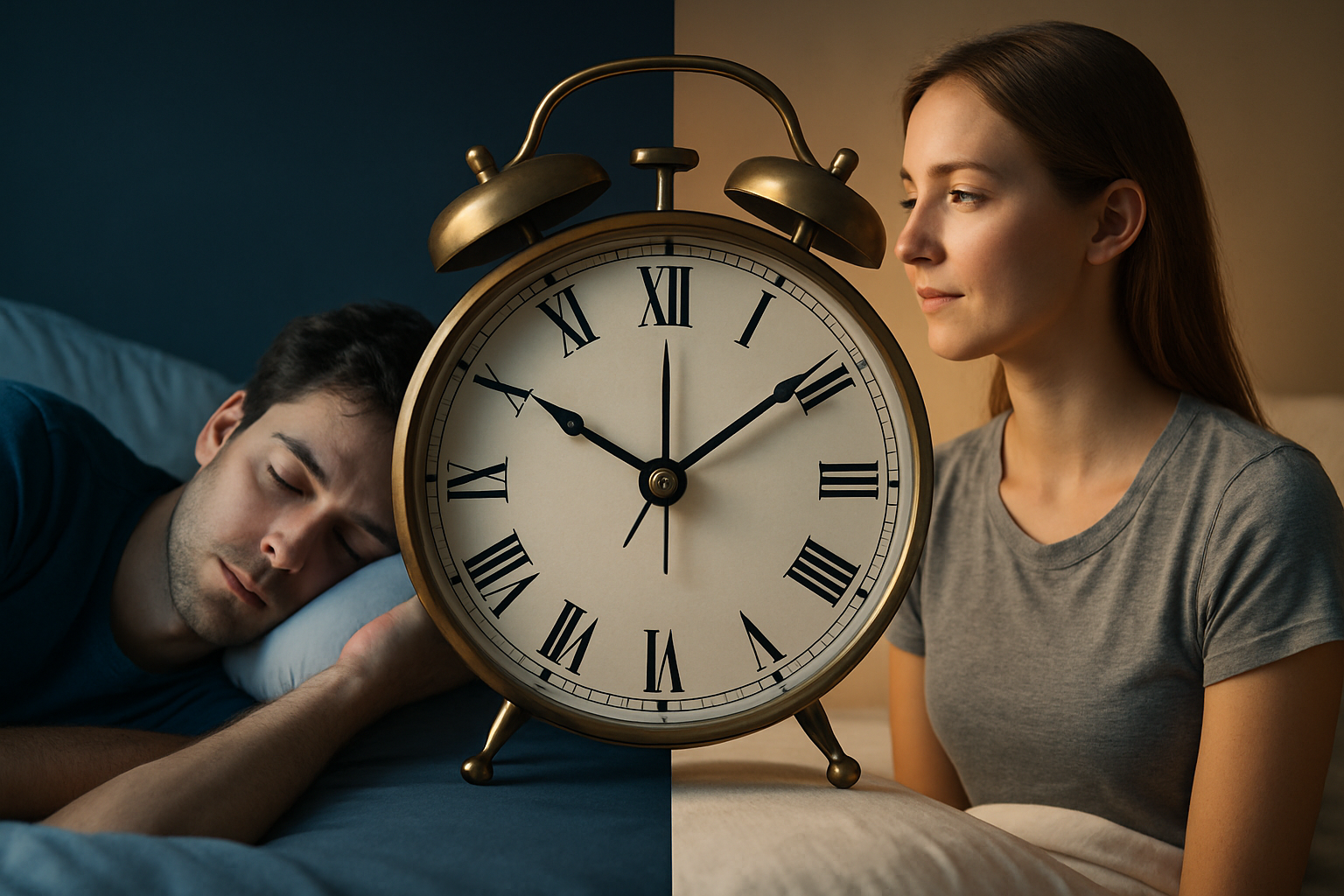Sleep Disorder Treatments for Insomnia, Fatigue, and Drowsiness
Many people struggle with sleep problems that affect daytime energy, mood, and overall health. Whether the issue is difficulty falling asleep, staying asleep, waking unrested, or excessive daytime drowsiness, understanding treatment options helps individuals and clinicians create a plan that fits each person’s life. This article explains common causes, evidence-based therapies, and practical changes you can try to reduce fatigue and improve restorative sleep.

This article is for informational purposes only and should not be considered medical advice. Please consult a qualified healthcare professional for personalized guidance and treatment.
How to improve sleep quality?
Improving sleep quality usually begins with consistent habits known as sleep hygiene. Regular sleep and wake times, limiting caffeine and alcohol in the hours before bed, and establishing a relaxing pre-bed routine support the body’s natural rhythms. Behavioral therapies such as cognitive behavioral therapy for insomnia (CBT-I) are widely recommended because they address thought patterns and behaviors that keep people awake. Light exposure in the morning and minimizing bright screens before bed also help align circadian timing, supporting deeper, more restorative sleep.
Why does fatigue persist after rest?
Persistent fatigue can stem from poor sleep quality, but it may also signal underlying medical or psychiatric conditions. Untreated sleep apnea, restless legs syndrome, chronic pain, thyroid disorders, depression, and certain medications can all cause daytime fatigue even after seemingly adequate time in bed. A thorough evaluation that includes a sleep history, medication review, and, when indicated, sleep studies (polysomnography or home sleep apnea testing) helps identify treatable contributors. Management often combines treating the underlying condition, improving sleep behaviors, and targeted therapies to restore daytime energy.
When is daytime drowsiness a concern?
Occasional drowsiness is normal after a poor night’s sleep, but persistent daytime drowsiness that interferes with work, driving, or social life warrants evaluation. Conditions like obstructive sleep apnea and narcolepsy produce excessive daytime sleepiness and have specific diagnostic criteria and treatments. Screening tools and sleep tests can quantify severity, and referral to a sleep specialist is appropriate when symptoms are unexplained or severe. Treatment reduces risks (for example, driving impairment) and improves quality of life, so don’t dismiss regular daytime sleep attacks or inability to stay alert.
How does your bed affect sleep?
The sleep environment matters more than many people expect. A comfortable mattress and pillow that support your preferred sleep position reduce discomfort that fragments sleep. Temperature, noise, and light control are key: cooler room temperatures, white-noise or earplugs if needed, and blackout curtains can improve continuity of sleep. However, changing a mattress won’t fix insomnia alone—environmental improvements complement behavioral interventions and medical treatments. If you spend long periods in bed awake, behavioral techniques that limit time in bed can help re-associate the bed with sleep.
What treatments help insomnia?
Insomnia treatment is tailored to duration and cause. For chronic insomnia, cognitive behavioral therapy for insomnia (CBT-I) is the first-line treatment and has robust evidence for lasting benefit. Short-term pharmacologic treatments (prescription hypnotics, certain sedating antidepressants) may be useful for some people but carry risks and are usually used alongside behavioral strategies. Addressing contributing factors—pain, mood disorders, medications, caffeine, or irregular schedules—is essential. For circadian rhythm problems, timed light therapy and melatonin can be effective when used correctly under guidance.
Conclusion
Treating sleep disorders is rarely one-size-fits-all; effective care combines accurate assessment, targeted medical or device therapies where needed, and consistent behavioral changes that support healthy sleep. If fatigue, drowsiness, or insomnia are affecting daily life, a structured approach—starting with sleep hygiene, considering CBT-I, and pursuing medical evaluation for suspected sleep disorders—offers the best chance of sustained improvement.






